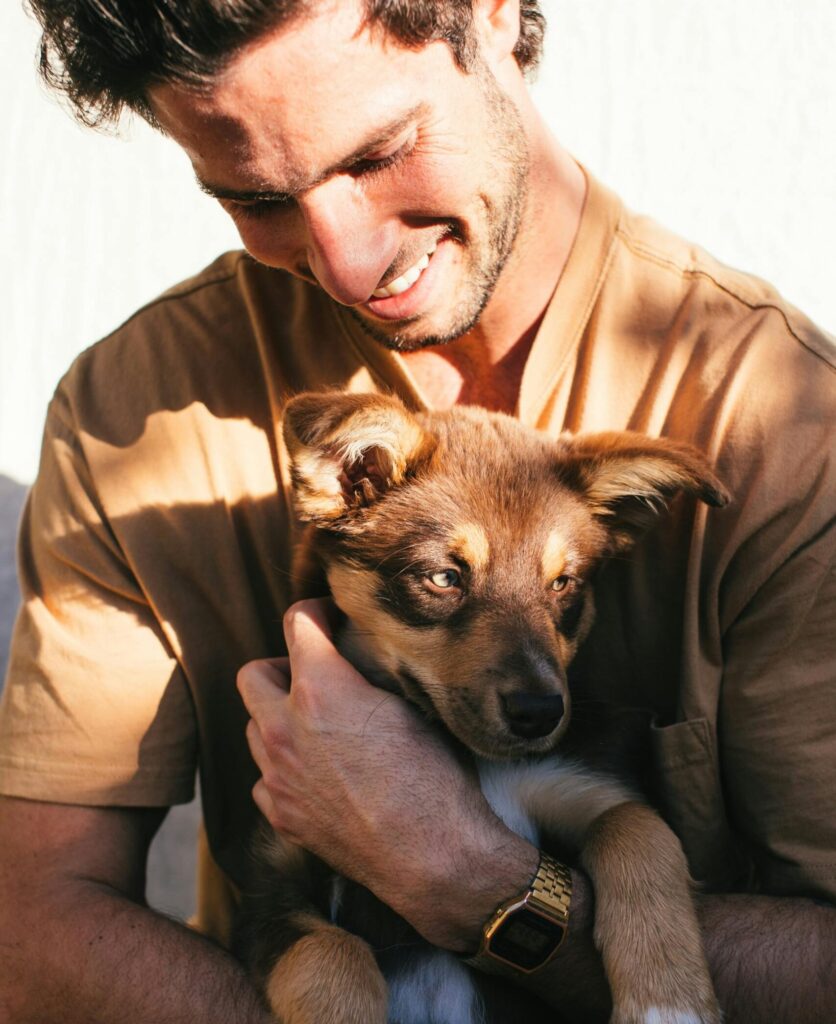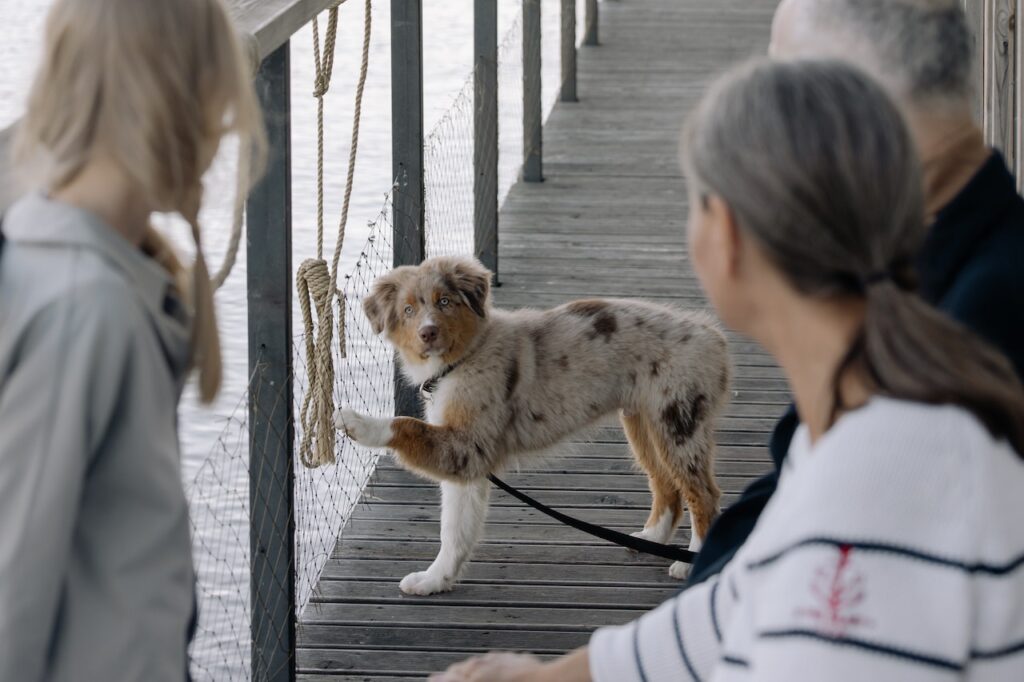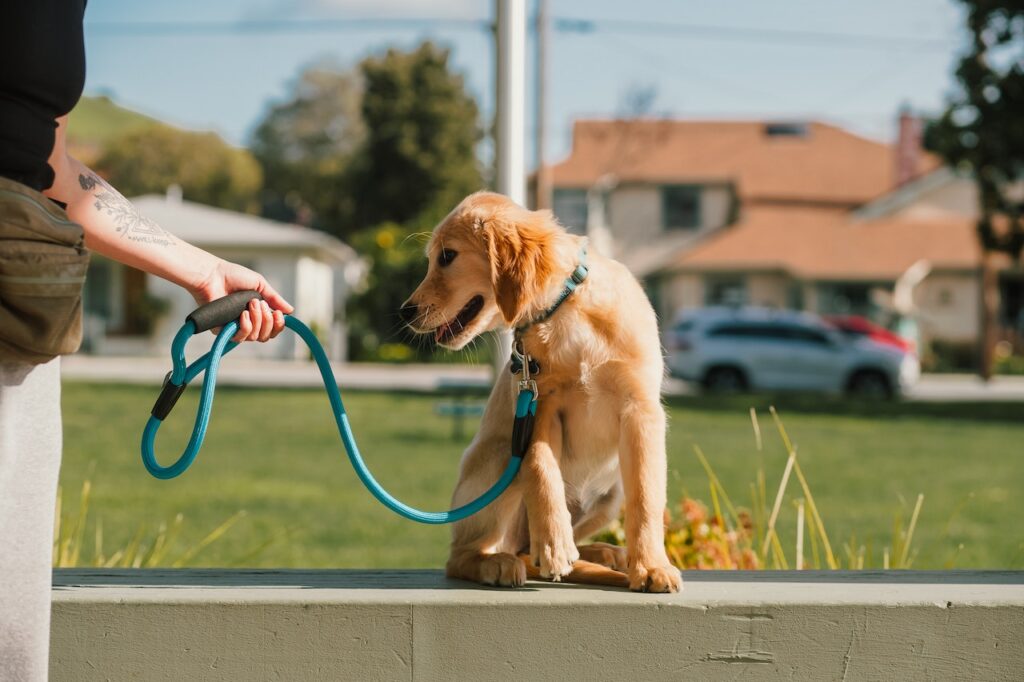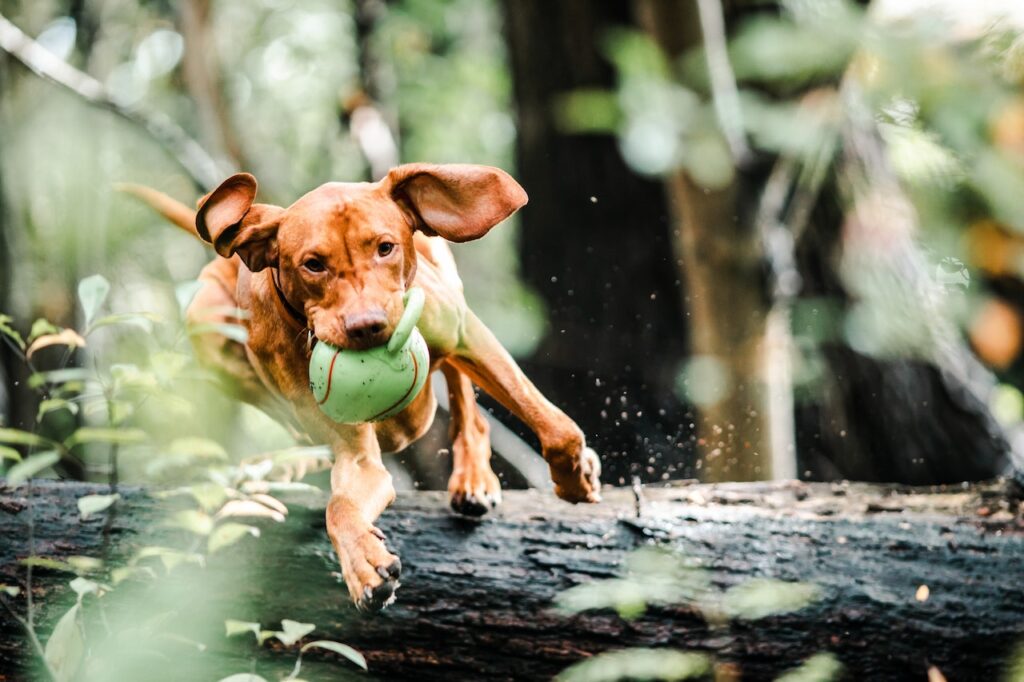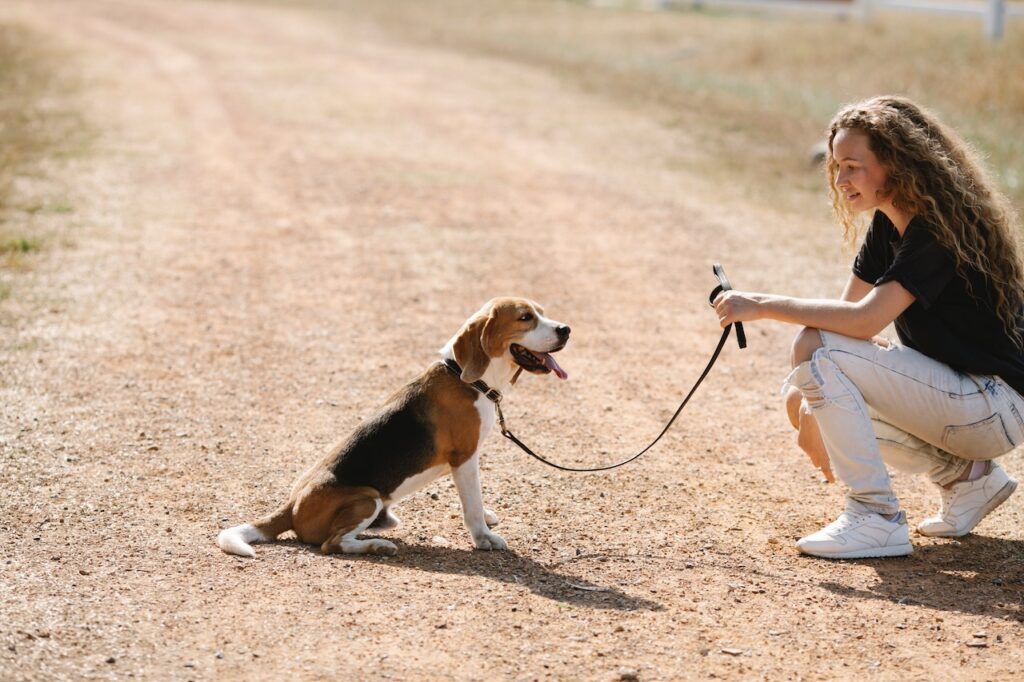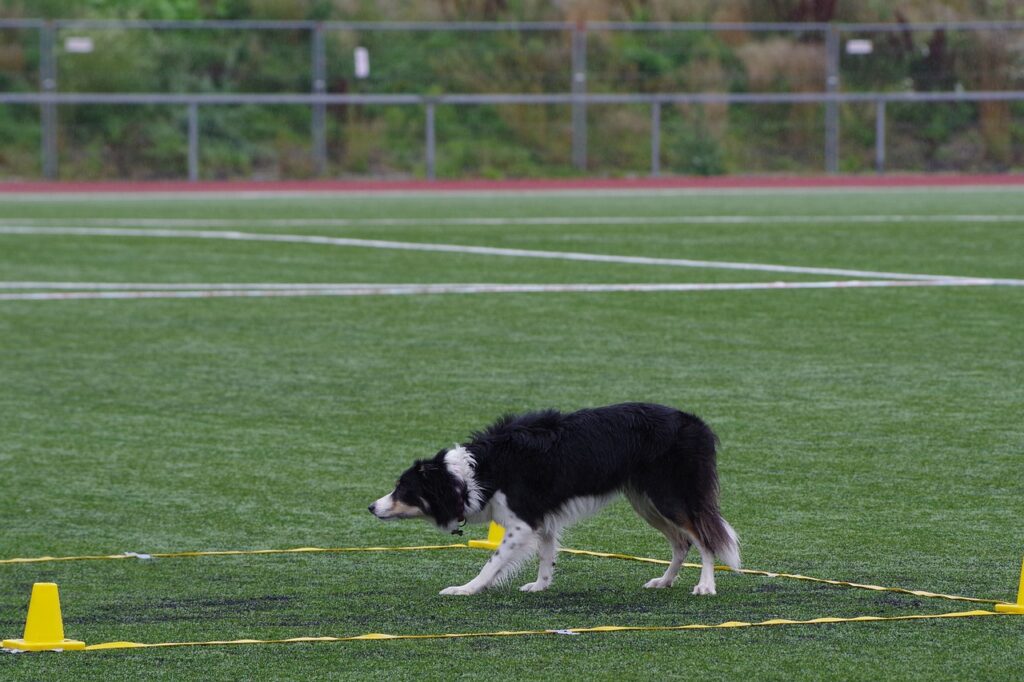Ah, the exuberant joys of having a hyper dog! You know the drill: the moment you walk in the door, your furry friend is bouncing off the walls, sprinting in circles, and maybe even letting out the occasional joyous bark. It’s like they’ve just chugged a dozen espressos. But while this level of energy can be adorable, it can also be, well, exhausting. Ever found yourself wondering how you can calm this whirlwind down, just a notch or two? Let’s dive in. The Physical Exercise Route: More Than Just a Walk All dogs, especially the younger ones, come with a built-in battery that needs depleting. And nothing does that better than some good old physical activity. For example, Dexter, the hyperactive Dalmatian, found his zen after his owner took him on morning jogs. Two birds, one stone. Mental Stimulation: Challenge The Brain Much like us after a grueling puzzle, dogs too can feel drained (in a good way) after some mental workouts. Remember, a mentally exhausted dog is a calm dog. It’s like giving them a good book to read (in dog terms, of course). Scheduled Quiet Time: Everyone Needs a Break If children have nap times, why not dogs? Setting aside a calm period daily can help bring down their energy levels. It’s a bit like their version of a spa day, minus the cucumber slices. Reinforce Calm Behavior: Good Vibes Only In the whirlwind of energy, it’s easy to forget to reward the calmer moments. But that’s where the gold is! Think of it as training for tranquility. Who said you can’t teach an old (or young) dog new tricks? Consider Professional Help: Bring in The Big Guns Sometimes, the hyperactivity can be a deeper behavioral issue, and there’s no harm in seeking out the pros. Tailoring To Your Dog’s Needs While the above are general guidelines, every dog is a unique puzzle. To really find that calm, understanding your dog’s specific needs is paramount: “The dog is a gentleman; I hope to go to his heaven, not man’s.” – Mark Twain Conclusion There’s a saying that goes, “A tired dog is a good dog.” But more than just tiring them out, finding that balance between physical exertion, mental stimulation, and well-deserved relaxation can transform your hyper furball into a calm companion. It’s a journey of understanding, patience, and a whole lot of love. And as they say, every journey begins with a single step (or in this case, perhaps a paw). Key Takeaway: Calming a hyper dog involves a combination of physical activity, mental stimulation, reinforcing calm behavior, and sometimes seeking professional insights. Tailoring strategies to your dog’s unique needs is crucial. At the end of the day, it’s all about understanding and harnessing their energy, leading to a happier, healthier pup. 🐾

